|
|
|
|
Nau mai hoki mai, welcome to your weekly newsletter — and to the long-anticipated quarantine-free travel bubble between New Zealand and Australia.
The two-way travel corridor will open on April 19, just in time for the school holidays and a little more than a year after we all hunkered down for our first lockdown. Just like back then, when Prime Minister Jacinda Ardern announced the COVID-19 alert levels, she had another helpful graph ready to describe the traffic-light system that will manage trans-Tasman travel.
As Michael Plank and Shaun Hendy explain, the risk of travellers importing the virus from Australia is very low because both countries have successfully managed an elimination strategy and have good surveillance systems in place.
Should there be an outbreak in one of the Australian states, New Zealand would learn about it quickly enough to restrict or suspend travel from any affected region. The authors warn anyone travelling to Australia should have contingency plans — if their trip is disrupted by outbreaks on either side of the Tasman, they may have to stay longer or self-isolate or quarantine on return.
As always, you’ll find a lot more in this newsletter and on our home page. Many thanks for your ongoing support, until next week, ngā mihi nui ki a koutou katoa.
|
Veronika Meduna
New Zealand Editor: Science, Health + Environment
|

|
|

Shutterstock/Pavel Ignatov
Michael Plank, University of Canterbury; Shaun Hendy, University of Auckland
New Zealand and Australia both had COVID-19 outbreaks originating from border facilities, but as frontline border workers are prioritised for vaccination, the risk of this happening again is lower.
|
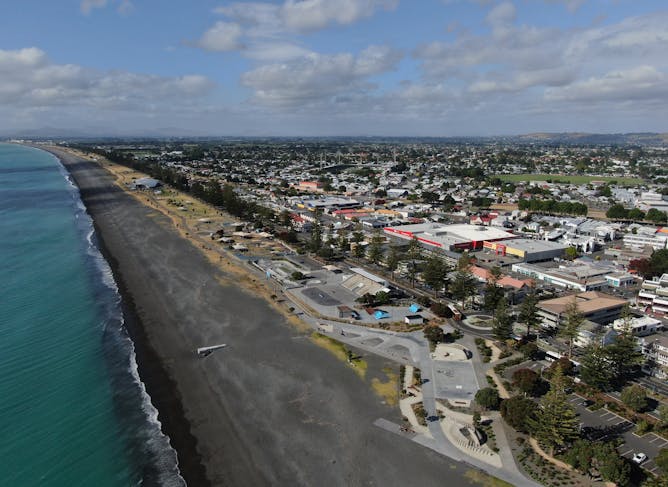
Shutterstock/Pro Aerial Master
Catherine Iorns, Te Herenga Waka — Victoria University of Wellington
New Zealand is replacing its once groundbreaking environmental legislation with new laws, one of which focuses on climate change adaptation and will include a fund to enable managed retreat.
|

www.shutterstock.com
Julie E. Brice, University of Waikato; Holly Thorpe, University of Waikato
The booming activewear industry markets an idealised feminine form and lifestyle, but women have also been liberated by its functional and versatile clothing.
|

www.shutterstock.com
David Tripe, Massey University; Martien Lubberink, Te Herenga Waka — Victoria University of Wellington
The New Zealand subsidiaries of major Australian banks might be highly profitable, but realising their true sale value can still be a challenge.
|
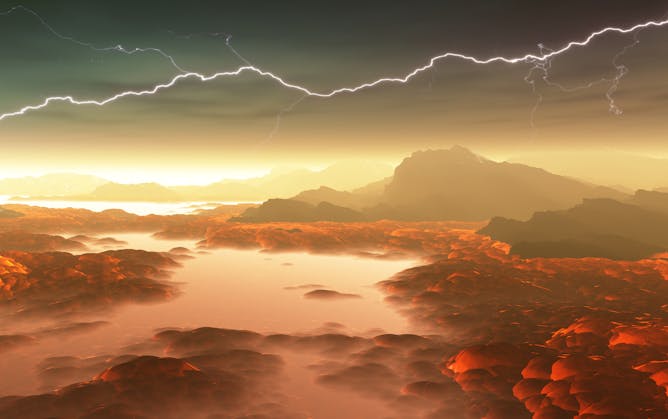
Shutterstock/Jurik Peter
Laura Revell, University of Canterbury
The Earth should be safe (and habitable) for a few billions of years, but we still need to worry about the impact now of just a few degrees of global warming.
|
From our foreign editions
|
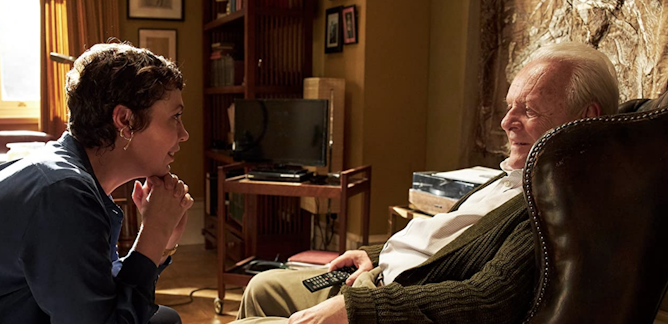
Lila Landowski, University of Tasmania; Fran McInerney, University of Tasmania
A neuroscientist and a clinician watched two new films about dementia. They recognised what they saw.
| |
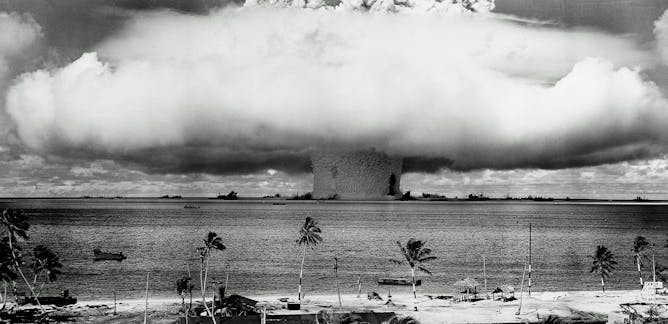
Patricia A. O'Brien, Georgetown University
In 1946, the US began its nuclear testing on Bikini Atoll in the Marshall Islands -- a terrifying thought for many Australians. Some 75 years on, the evidence shows their fears were well-founded.
|
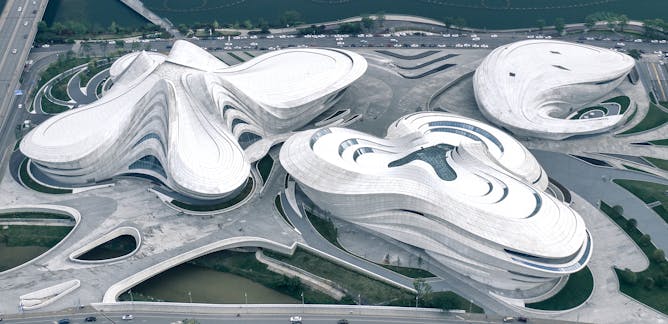
Lakshmi Priya Rajendran, Anglia Ruskin University
The British-Iraqi architect left behind a trail of extraordinary buildings. More than her built legacy, though, it is her maverick problem solving – and her determination – that continues to inspire
| |
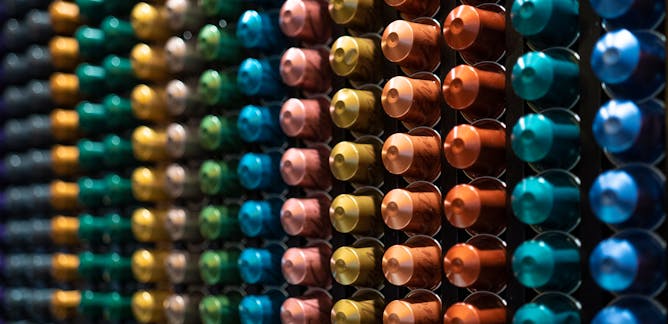
Mark Lorch, University of Hull
Wax, vials, a coffee capsule and boiling water are the main components of a brand new COVID-19 test.
|

Tharaphi Than, Northern Illinois University
What began in the 1940s as a revolutionary army created to liberate Myanmar from British colonial rule soon turned repressive. The country has been a military dictatorship on and off since 1962.
| |

Caitlin Elsaesser, University of Connecticut
Social media isn’t just mirroring conflicts happening in schools and on streets – it’s intensifying and triggering new disputes.
|
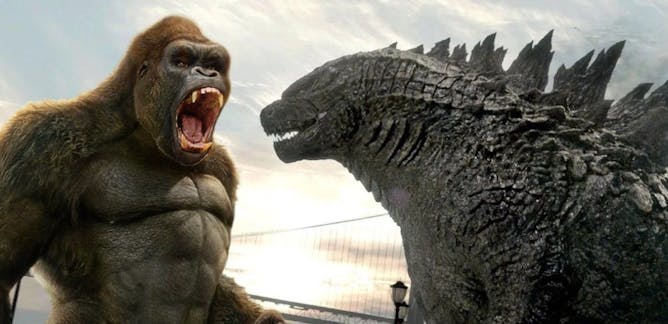
Priscilla Jolly, Concordia University
Hollywood movies have long leaned into colonial representations of the tropics: imagined as romantic palm-fringed coasts full of abundance, but also scary places full of pestilence and primitiveness.
| |
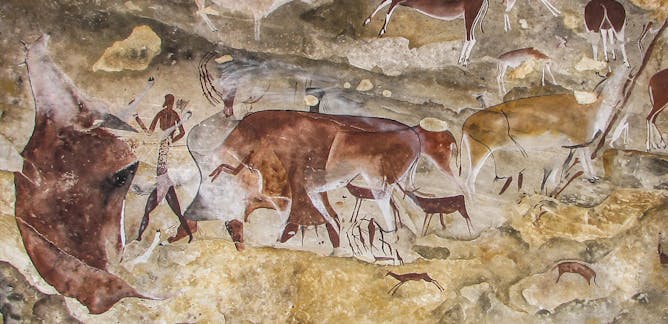
David M. Witelson, University of the Witwatersrand; David Lewis-Williams, University of the Witwatersrand; David Pearce, University of the Witwatersrand; Sam Challis, University of the Witwatersrand
The team from Wits University returned to a well-known ceiling panel in the Maloti-Drakensberg mountains, armed with new knowledge about the beliefs of the San people who made the paintings.
|
|
|
| |
| |
| |
| |
| |
| |
|
|
|
|
|
|
|